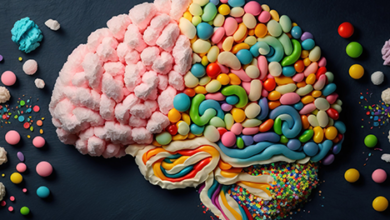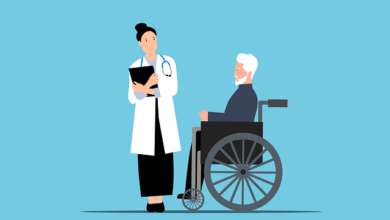Recognizing Signs of Depression in Children and Adolescents

Depression in children and adolescents is a significant mental health concern that can often go unrecognized or be mistaken for normal mood swings. Unlike adults, children may lack the vocabulary or insight to express their feelings of sadness or hopelessness, making it challenging for caregivers to identify the signs of depression. However, by understanding the subtle manifestations of depression and being vigilant for changes in behavior or mood, parents, educators, and caregivers can play a crucial role in recognizing and addressing this condition.
Depression in Children
Depression in children may present differently from adults, making it important to recognize the unique signs and symptoms. While adults may openly express feelings of sadness or despair, children often exhibit depression through changes in behavior or mood. These signs can include persistent irritability, loss of interest in activities they once enjoyed, changes in appetite or weight, difficulty sleeping, fatigue, feelings of worthlessness or guilt, difficulty concentrating, and thoughts of death or suicide. It’s essential to note that experiencing occasional sadness or moodiness is normal for children, but when these symptoms persist and interfere with daily functioning, it may indicate depression.
Signs in Different Age Groups
The manifestations of depression can vary depending on the child’s developmental stage.
Preschoolers and Young Children
Young children may exhibit increased clinginess or separation anxiety, frequent temper tantrums or outbursts, unexplained physical complaints such as stomachaches or headaches, and difficulty expressing their emotions verbally due to limited language skills.
School-Age Children
School-age children may experience a decline in academic performance, social withdrawal, increased sensitivity to criticism or rejection, changes in sleep patterns such as difficulty falling asleep or frequent waking during the night, and persistent feelings of sadness or hopelessness that impact their daily activities.
Adolescents
Adolescents may engage in risky behaviors such as substance abuse or self-harm, experience changes in peer groups including isolation from friends or joining new social circles, struggle with mood swings or emotional volatility that may be mistaken for typical teenage moodiness, exhibit changes in appetite or weight, and express feelings of worthlessness or guilt related to academic or social pressures.
Seeking Professional Help
If you suspect that a child or adolescent is struggling with depression, it’s essential to seek professional help from a qualified mental health professional. Finding the best psychiatrist in Maryland for your child’s needs is crucial. With over 15 years of experience in child and adolescent psychiatry, specialized professionals offer compassionate care to young patients struggling with depression. They take a comprehensive approach to treatment, incorporating evidence-based therapies such as cognitive-behavioral therapy (CBT), medication management, and family counseling, ensuring that each child receives the support they need to overcome depression and thrive emotionally.
Depression Recognition Importance
Recognizing the signs of depression in children and adolescents is crucial for early intervention and effective management of this condition. By understanding the subtle manifestations and seeking professional help when needed, parents and caregivers can play a vital role in supporting their child’s mental health and well-being.
Remember, depression in children is a treatable condition, and with the right support and intervention, children and adolescents can learn to manage their symptoms and lead fulfilling lives. If you suspect that your child may be struggling with depression, don’t hesitate to reach out for help. With timely intervention and support, you can help your child overcome depression and thrive emotionally.



